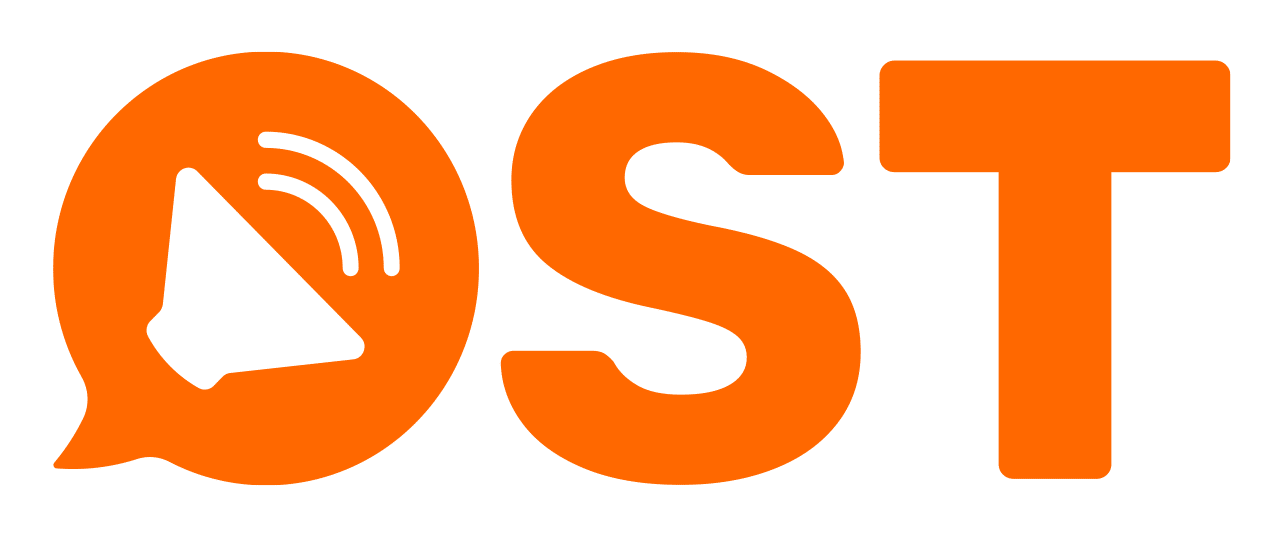Virtual Events in 2021: Lessons Learned
Hosting a virtual event is a great way to show your company’s thought leadership in one chosen topic or many topics. We hosted DigiConf in July 2020, which we originally set out to be an in-person event in March 2020 but due to COVID-19, we had to quickly adapt our strategy to meet the government guidelines.
DigiConf is a B2B focused digital marketing conference that had 22 speakers and 600 attendees from over 40 countries, and this post highlights the lessons learned from transitioning from a physical to a virtual event.
Why host a virtual event?
Many B2B companies will have had in-person events as a strand to their BB marketing strategy. It is a tried and tested way of building relationships with current and future customers. We’ve run a few ourselves under our huddle series of events in both London and Cambridge. Many B2B marketers will have either attended or held webinars of your own, but why should your company take the next step to host a virtual event with a detailed agenda, and a variety of expert speakers?
One of the main differences between holding a webinar and a virtual event is the level of audience engagement. With a webinar your audience can be less engaged, with it only being a short session, it doesn’t give time for your audience to be fully immersed, depending on the complexity of the subject. Whereas with a virtual event, there are many more tools available to keep your audience engaged, as well as the other speakers.
You also have many more options for speakers, partners, and event sponsors, the more people involved, the more reach possibility your marketing has. Virtual literally means that you can log in via your kitchen or bedroom on the other side of the World and be part of an event streamed in the UK. Utilizing your event network is a crucial part of any amplification in your virtual event marketing. Your speakers and sponsors should be the influencers of your event as they are the ones providing value. Not only is a virtual event great for your company’s brand awareness but it’s also a great lead-generation tool, you are in control of the data you collect from attendees, so you can customize the registration form to fit your needs.
Best event platforms to use
There are hundreds of virtual event platforms out there, all with different tools and capabilities. Finding the right platform for your event takes some time and research. There are different levels of attendees, networking options, and budget plans, starting from under £100 a month to £20,000 a year and everything in between.
We have chosen our top 3 platforms, all with different budgets and features.
BigMarker
We used BigMarker for DigiConf 2020 and it worked really well. The platform is very similar to a normal webinar building platform but with extra audience engagement tools. It is a very user-friendly platform from the attendee’s point of view, but as organizers, we did find some parts of the platform that could be made a bit more seamless in the backend. For example, if you added a speaker to your series (which is what they call the event stream), you also have to individually add them to the sessions as well. It doesn’t save their speaker profiles across the site, which means you need to take a lot of time to manually input what could be an automated task.
The pricing is very reasonable for what you get, it is based on the number of attendees, at $159 a month for up to 500 attendees or $299 for up to 1000 attendees. For audience engagement, you get lots of options like polls, Q&As, hand-outs, and offers. The ‘offer’ tool worked really well for our sponsors, as it pops up a link to a website/piece of lead- gen content onto the screen, attendees have to click and engage with it for it to disappear.
Hopin
Hopin is the more expensive platform out of the three, but it will have every tool you need. The way the platform is set up is a mirror of an in-person conference. The main stage is where you can showcase your live stream for the day, and you also have the Expo section where your sponsors and partners have a space to exhibit their offerings. The main draw to Hopin for us was the Sessions space where you can have different sessions going on simultaneously.
Brella
Brella is a great platform for companies that want their virtual event to focus on networking. Each attendee creates a profile and answers a series of questions about their interests. Brella then matches them up to other attendees who are interested in similar topics, and you can schedule 1:1 calls with matched attendees.
For the sessions, you get the main session as well as breakout rooms. This gives your audience options to attend different sessions throughout the day.
Preparing your attendees and speakers for the day
Like any other event, physical or virtual, sending out reminder emails is crucial. We choose to send a reminder email to all attendees a week before, a day before, and on the morning of the virtual event. No one likes to be flooded with emails so keeping them concise and short is important, as well as making sure the link to attend is clearly highlighted. Two CTA’s are always better than one.
Within the ‘week of’ reminder email, we added in a ‘how-to guide’ for the platform, which had some simple troubleshooting questions and screenshots of the platform. This meant that attendees were already familiar with the platform prior to the event.
With your speakers, it is vital to complete a run-through/test with them to ensure they are confident with the platform. With a virtual event, there are many technical problems that can arise on the day, so a test with the speakers gives them the chance to become familiar with the platform. Practice everything from entering the virtual stage to sharing screens and asking the audience questions.
Make sure all speakers have a contact number they can call in case any problems arise. We also recommend getting your speakers to arrive at least 2 sessions before their own talk to wait in the background, this gives you a time buffer for any problems.
If you do have any major issues, the main thing is for your team to have a backup plan for any possible problems. We had videos related to each topic pre-uploaded to the platform, so if a speaker couldn’t make it, we had relevant content that the audience could watch so we stayed on schedule.
How to engage your attendees on the day of your virtual event
Audience engagement is key for a virtual event. With the new age of working from home, sitting in front of the computer at home is the new normal. Ensuring your audience is engaged with the content can be a challenge. Make sure you utilize all tools your platform gives you, as well as alternate ideas.
Using social to keep your audience engaged throughout the event is a great way to increase your social awareness. Create a hashtag and get attendees to use it throughout the event, as well as asking your speakers to mention it. Another idea is to give your audience questions to answer on social using the particular hashtag.
The format of your event can impact how engaged your audience is, so having an event host to guide the day’s conversation really helps keep your audience on track. At DigiConf we had Luke Brynley-Jones, Managing Director and Founder of OST host the day. Having someone personally introduce people and create genuine chats makes the event feel more involved and less virtual.
Creating an in-person feel to the networking of your virtual event
Creating the exact same networking opportunities in a virtual event as an in-person event is a challenge. Platforms like Brella really take virtual networking to the next level. Their matchmaking tool is designed to help attendees network and chat with people who are in similar industries. Whilst effective, nothing can truly
We worked with Guild for DigiConf 2020, a messaging platform for professional groups, networks, and communities. We used the Guild group to help our attendees drive conversation around the DigiConf topics, which was also the perfect space for the speakers and attendees to engage with each other.
Perks of working from home – virtual conferences on the big screen 🤪#DigiConf today looks to be an exciting one 😁👍🏻 pic.twitter.com/hkm81c0q9y
— Amber Rose Mills (@amber0semills) July 7, 2020
Why post marketing is just as important as pre-virtual event marketing
Post-event marketing isn’t just a post on your social media channels to thank attendees, there is a lot more that goes into post virtual event marketing than an in-person event. By ensuring that your content is quickly turned around into downloadable lead-gen content, people who weren’t able to tune in can still access the content. You can gate this content for free should you want to collect more information.
A huge draw that virtual events bring to companies is the data you can collect. You can see the entire journey that attendees go on, from the sessions they attended, to how many messages they sent, and who with. This is crucial information to know for post-marketing strategies as you can angle your marketing efforts to the most popular and engaged with sessions.
Lessons to learn for future virtual events
No matter how many virtual events you have done, there will always be lessons to learn. One of our main takeaways from DigiConf 2020 was to not underestimate the power of email marketing for promotion. We promoted DigiConf via paid ads but we had the best sign-up results from our email marketing. Whether you have your own database or you use a third party, ensure you are targeting the right audience, and if your event holds value, you will get a great result.
Another learning from DigiConf 2020, was to keep the sessions short and concise. No session should be over 30 minutes long, as it’s difficult to keep an audience engaged for an extended amount of time. An ideal session should be around 15/20 minutes, which is enough time for your speaker to bring value and keep the attention of their audience. Anything below 15 minutes and you run the risk of your audience not feeling as though they gained any real insight.
After assessing all of our lessons learned, we’re super excited to announce that DigiConf will be returning bigger than before, as an online B2B marketing conference for 2021!
Tuned in to #DigiConf today – if you missed it, the ever-bolshy @katyhowell reminded us that “people don’t have a #B2B brain… the future isn’t about whether #LinkedIn or #instagram is better, it’s about what the audience care about and where they talk about it” pic.twitter.com/R8RURQSXkq
— Annabelle Lawrence (@bellelawrenceIF) July 7, 2020


